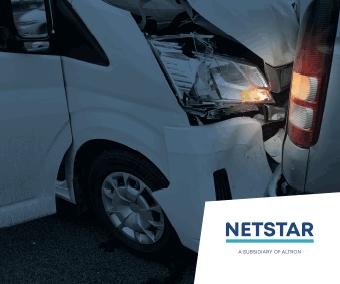As South Africa continues navigating Level Four lockdown restrictions, many employers are finding their teams increasingly challenged by a lack of workplace routine, and all the uncertainty associated with it. With the lines between home, the office, and even school significantly blurred – and this being felt in terms of delivery, productivity, and performance – technology could potentially come to the rescue by helping individuals working from home to create specific work boundaries and cues.
For many team leaders across the country, the announcement of last week’s Level Four lockdown comes at a time when their workspaces were just starting to return to a semblance of “normality”. “With office spaces reopening more broadly, and more and more employees being encouraged to return to work, teams were starting to settle into something of a new routine,” notes Jithoo Daya, director of Animon InfoTech Solutions. “This is especially true within certain job categories or work experience levels, where collective environments had simply proved more conducive – such as in the call or contact centre space. Here staff often need more supervision or guidance, or require access to technology that can’t be most effectively supported from home,” he explains. “As such, the critical question they’re now faced with is how best to once again help employees create workspaces where they can deliver efficiently and effectively against expectations.”
As experts around the world continue emphasising the importance of structure and routine in these uncertain times, Daya says that using technology to support new habits can be extremely helpful – especially if it’s being used by the collective, and also supports employer feedback. “While many have found task scheduling or ‘to-do list’ type apps very helpful, these are typically driven by individuals seeking more order or structure for themselves. Uptake of team-type apps such as Monday and Ora similarly works for Type-A personalities who thrive on ticking things off in a space where they can be monitored and acknowledged. What about those team members who just need check-in type contact in the morning, and then again at the end of the day? Or at regular intervals to help them work in specific blocks of time?”
He explains that technology can help here too and in a potentially fun and relatable way. “Using the latest facial recognition technology available on phones, it’s now possible for selfies to act as a means of clocking-in and out at the start and end of the day, with location-based data sent to employers in real-time. We’re seeing the effectiveness of this approach with the SmartFace app where additional check-ins can also be scheduled throughout the day as needed to keep employees motivated, in touch, and on track.”
Daya adds that this category of data – if an employee is starting work “on time” versus meeting targets – is potentially as important for managers and leaders. “Data trends and patterns linked to ‘attendance’ and punctuality, especially in the context of photographs can give you an indication of how your employee is really doing. It can prompt you to pay attention and act, which is critical in the context of larger teams where assistance is often not directly requested because team members are young, introverted or shy.”
While it is hoped that Level Four restrictions will be lifted in the near future, it could be well worth establishing new routines and work habits during this period given levels of pandemic uncertainty. “Simple smart tech like SmartFace that brings people together in images could be exactly what many teams need right now,” says Daya. “Remaining ‘a team’ must stay a management priority, with staff supported to create positive routines, home habits and remain motivated about their work, and the value it brings.”

























